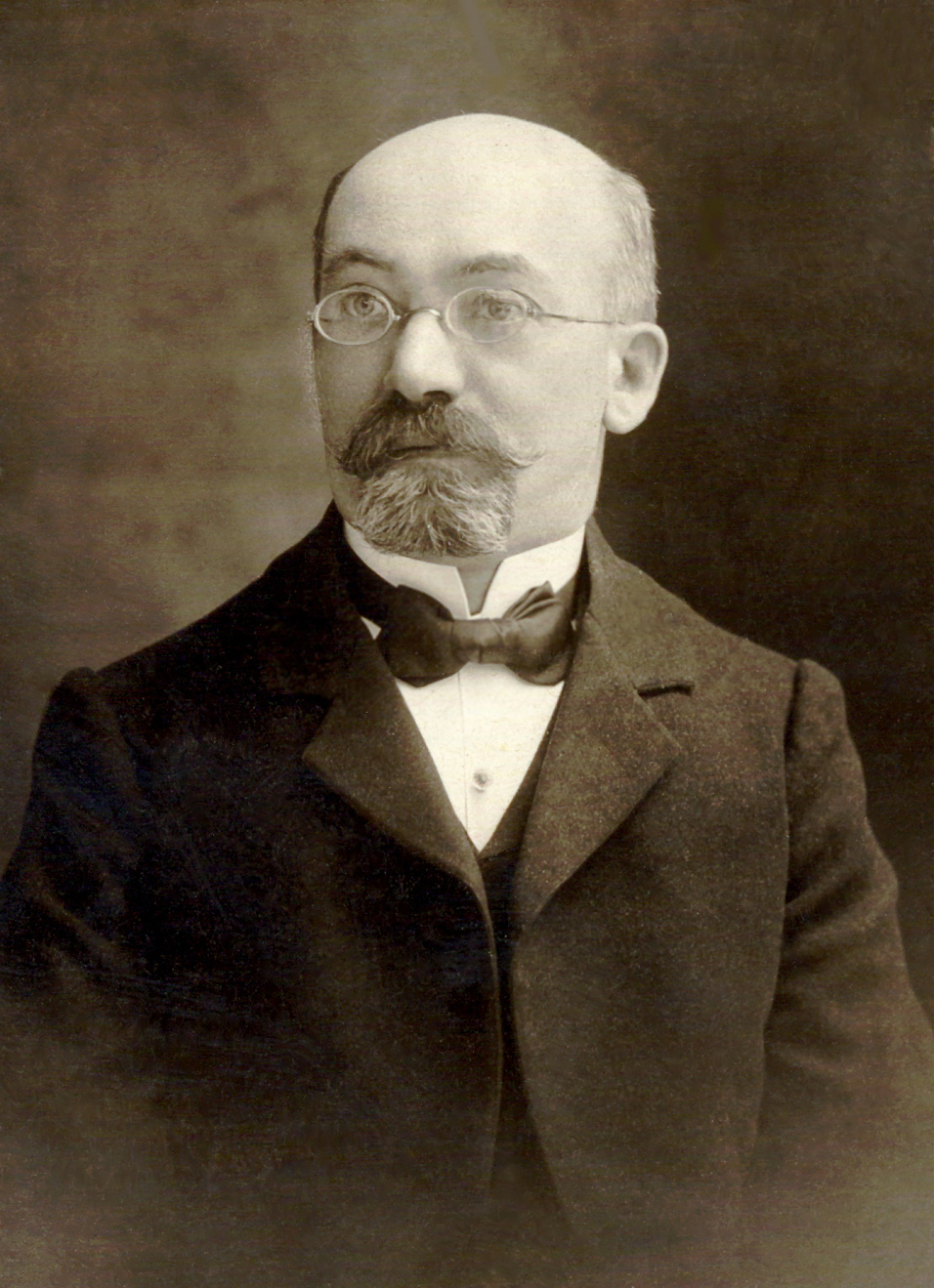In the heart of Bialystok, Ludwik Lazarus Zamenhof was born on 15 December 1859. His birth into a Jewish family, in a city where Polish, Russian, German and Jewish communities co-existed, shaped in him a deep understanding of diversity and the need to understand each other.
Young Ludwik grew up in Bialystok in a house at 6 Zielona Street, where Yiddish mixed with Polish and Russian, creating a multilingual environment that influenced his future aspirations. Bialystok was then located within the Russian Tsarist Empire. The 18th century saw three partitions of Poland by Russia, Prussia, and Austria, which by force liquidated Polish statehood. The Poles regained their state only in 1918, after 123 years of occupation.
Already as a child, observing misunderstandings and conflicts resulting from language barriers, Zamenhof began to dream of creating a language that would allow free communication between different nations. At the age of 10, he wrote the drama “The Tower of Babel, or the Bialystok Tragedy in Five Acts”.
Years of education and first languages
For obvious reasons, Ludwik’s education began in Bialystok, but continued in Warsaw, where he moved with his family in 1873. There, at the Second Gymnasium, the young Zamenhof developed his interest in languages, showing a remarkable ability to learn them. His command of Polish, Russian, German, French, English, Latin and Greek gave him a deeper understanding of cultural and linguistic differences. By this time, he had already created the first language ‘Lingwe Uniwersala’.
After graduating from high school, he went on to study medicine in Moscow. However, his stay in the Russian capital was interrupted due to rising anti-Semitism after the assassination of Tsar Alexander II in 1881. He therefore returned to Warsaw, where he continued and completed his medical studies, specialising in ophthalmology. Having developed his medical career in parallel, during his studies he worked intensively on his linguistic project, seeing that it could break down the barriers that divided people.
The end of his medical studies was not only the beginning of a career for Zamenhof, but also a new chapter in his life, which he devoted to developing and promoting Esperanto, a language that he intended to become a tool for understanding and unity between people of different nationalities.
Esperanto for the world
While working as an ophthalmologist in Warsaw, Zamenhof devoted every spare moment to perfecting his international language project. In this way, his dream of creating a language that would allow easy communication between people of different nationalities began to take shape.
In 1887, after years of intensive work and searching for a publisher, Zamenhof published his life’s work – a textbook for learning Esperanto, entitled ‘Unua libro’. Published under the pseudonym Doktoro Esperanto, meaning ‘hopeful doctor’, the book became the cornerstone of the new language movement. The name Esperanto was quickly adopted as the official term for the language.
It quickly gained adherents, influenced by its simple grammar and therefore ease of learning. Supported financially by his future father-in-law Alexander Silbernik, Zamenhof began distributing the textbook worldwide. Soon after its publication, Esperanto began to gain international recognition, and its creator received letters from all corners of the globe expressing support for his idea.
One of the first enthusiasts of the new language was Antoni Grabowski, an engineer and writer, who became one of the most important promoters of Esperanto. Under his influence, Esperanto began to rapidly gain popularity, attracting more and more supporters.
In 1905, the first World Congress of Esperanto was held in Boulogne-sur-Mer, France, bringing together enthusiasts of the language from all over the world. Zamenhof, who was naturally present at the congress, thus watched in real time as his dream of a universal language became a reality. In the following years, he actively participated in Esperanto congresses and travelled throughout Europe and the United States, promoting his idea there as well.
Peace between nations and religions
Zamenhof was first nominated for the Nobel Peace Prize in 1907. Subsequent nominations followed in 1909, 1910, 1913, 1914, 1915, 1916 and 1917, but none of the nominations earned him the prestigious award.
Zamenhof’s ambitions reached beyond the creation of a new language. He was also deeply concerned about the religious divisions around him. So, in 1901, under the pseudonym ‘Homo sum’, he published a book “Hilelism as a solution to the Jewish question”, in which he put forward the idea of bringing Jews closer to followers of other religions. Although the idea of Hilelism did not gain widespread support, it showed the depth of Zamenhof’s thought and his desire to build bridges between different cultures and religions.
Zamenhof died on 14 April 1917 in Warsaw, leaving behind a great cultural legacy that has survived to this day.





